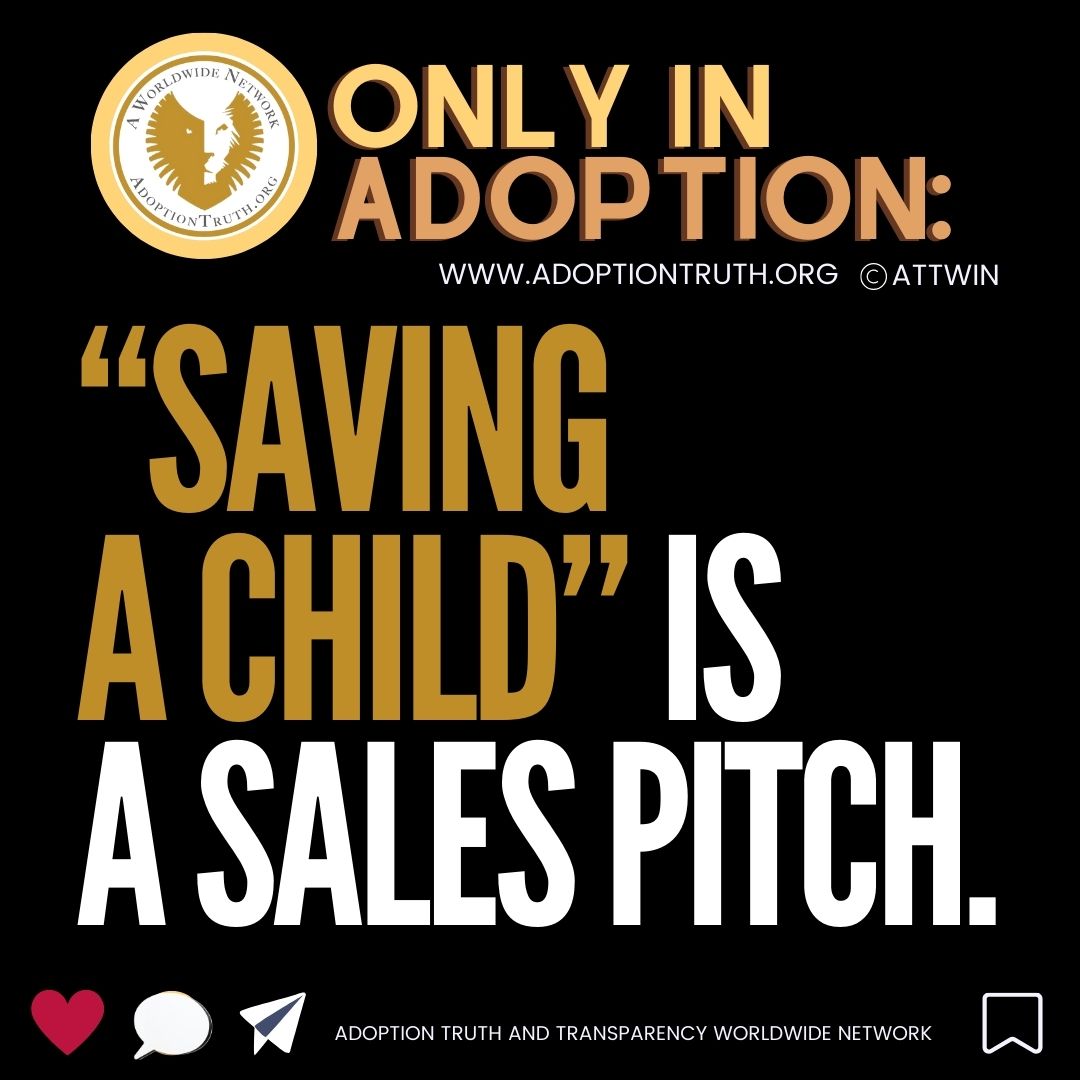Learn About The Dark Side of the Adoption Industry
While adoption is often framed as an act of love or rescue, the truth is more complex and troubling. At its core, modern adoption in many cases follows a “conquer and divide” strategy, where vulnerable mothers are separated from their children to satisfy a marketplace demand. This blog explores how this tactic operates and what can be done to protect mothers and their babies from unnecessary and permanent separation.
The Supply and Demand Problem in Adoption
In a world where infertility rates are rising and adoption is marketed as a virtuous solution, the demand for healthy infants continues to grow. But here’s the uncomfortable truth:
There aren’t enough “adoptable” babies to meet the market demand.
Adoption agencies, often functioning as for-profit or donation-dependent businesses, rely on a steady supply of babies to stay open. Instead of solving a child welfare crisis, they often create one by finding ways to source babies from vulnerable populations, including unmarried mothers, low-income families, and women in crisis.
Divide and Conquer: The Oldest Trick in the Book
The phrase “divide and conquer” originates from political and military strategy—break apart communities to more easily control them. In the adoption industry, this strategy manifests by:
-
Isolating mothers from their support systems
-
Shaming single motherhood
-
Withholding full information about parenting resources
-
Controlling the narrative through faith-based or agency-led counseling
-
Promising an “open adoption” that often closes after finalization
Once the mother is isolated, disempowered, and coerced—she becomes easier to separate from her child.
Coercion Is Not Consent
Many mothers who ‘relinquish’ their children do so under extreme emotional, social, or financial pressure. This is not informed consent—it’s exploitation. The industry refers to it as a “loving decision,” but in reality, it’s often a decision made under duress.
By using emotional manipulation, religious influence, or time-sensitive pressure tactics, agencies push mothers to choose adoption before they are fully informed or supported in their parenting choices.
How to Protect Mothers and Children from Unnecessary Separation
It’s time for a human rights-based approach to family preservation. Here’s how we can start:
1. Fund Families, Not Adoption Agencies
Redirect public and private funds toward housing, child care, and food security, not toward agencies that rely on child separation for income.
2. Legal Oversight and Transparency
Require independent legal counsel for all mothers considering adoption.
3. Educate the Public on Adoption Trafficking
Challenge the myths that adoption is always a win-win. Share stories from mothers and adopted people who were trafficked.
4. Empower Mothers, Not Adoption Agencies
Create networks of support for women in crisis—peer counselors, doulas, social workers focused on keeping families together, not tearing them apart.
5. Stop the Hague Adoption Convention and Unite With the UNCRC
End the legal severance of all parental rights and identities. Prioritize family reunification and kinship care before adoption is even considered.
Final Thoughts: We Must Do Better
No child should be separated from their mother because of poverty, shame, or a lack of support. Adoption should be a last resort, not a business.
By understanding how the “conquer and divide” model applies to the adoption industry, we can begin to dismantle it. It’s time to center mothers and children—not agencies or adoptive parents—in conversations about ethical family care.
Adoptionland: From Orphans to Activists
Ever wondered what adopted people are saying about adoption right now? This anthology begins with personal accounts and then shifts to a bird’s eye view on adoption from domestic, intercountry, and transracial adoptees who are now adoptee rights activists.






